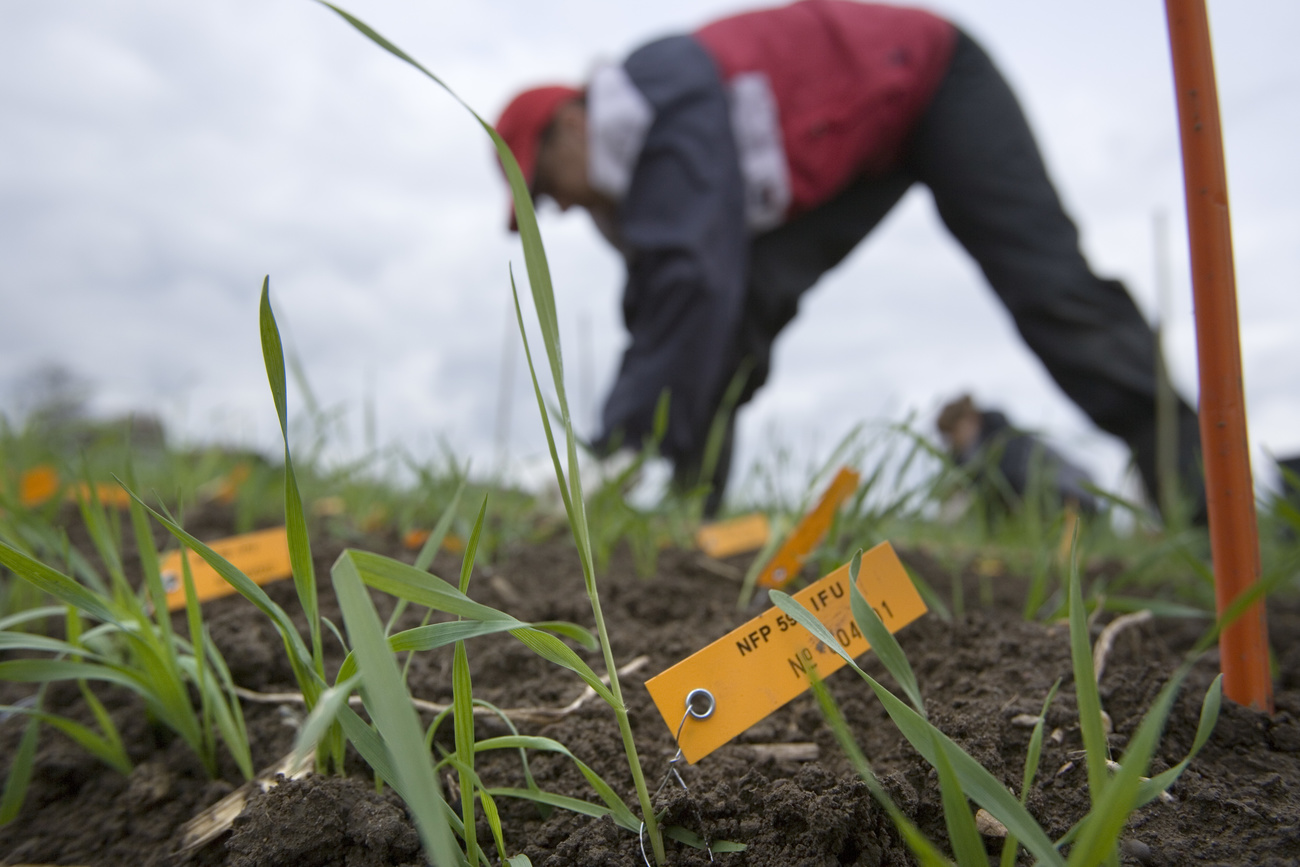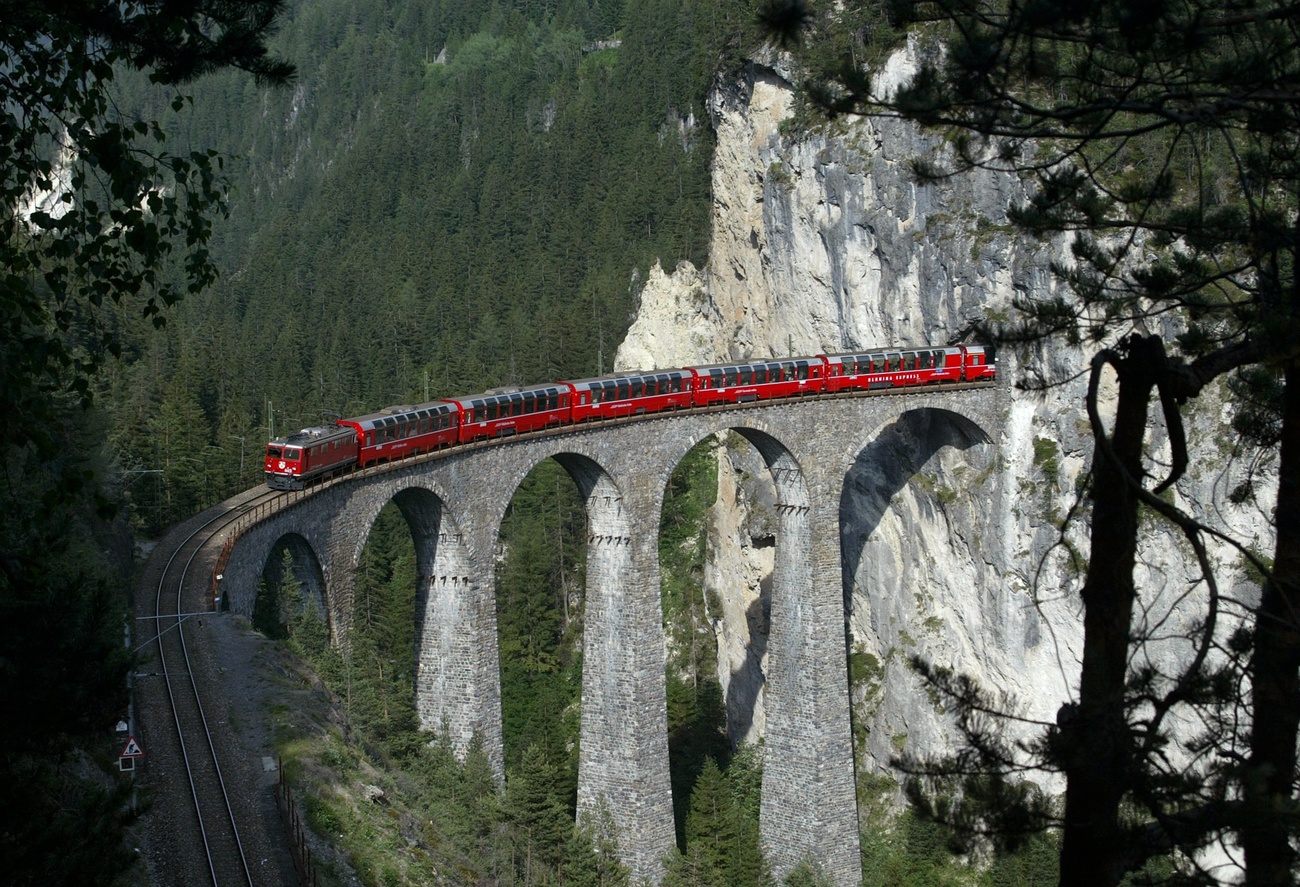Study: Two decades of EU immigration has benefited Swiss economy

Immigration has curbed demographic ageing and raised labour market potential in Switzerland, according to a study 20 years after Switzerland’s introduction of the free movement of people agreement with the European Union.
The population in Switzerland grew by 0.9% since 2002, which is faster than in other European countries. Around four-fifths of this was due to immigration. Around 43,000 people have immigrated to Switzerland each year since 2002 within the framework of the free movement of people.
+ Why Switzerland doesn’t want to join the EU
As many immigrants are of working age, EU immigration counteracted the ageing of the local population over the past 20 years, according to the 19th Observatory on the Agreement on the Free Movement of Persons with the EU in its report published on Tuesday by the State Secretariat for Economic Affairs (SECO). This “rejuvenating” effect is particularly noticeable in comparison to other European countries, SECO wrote in a press releaseExternal link.
Immigration also contributed to a structural shift in the economy towards more highly skilled jobs and higher value added. This enabled companies to access workforces outside Europe, which also had positive effects for workers in Switzerland.
“For the local workforce, these changes opened up opportunities for career advancement, which many were able to take advantage of successfully,” writes the government in a press release. “The local population is now much better qualified than 20 years ago and has more demanding jobs.”
Recruitment in other EU countries also proved important for jobs with lower qualification levels, such as in craft or sales professions, where the domestic labour supply has become increasingly scarce.
This took place at a time of high labour force participation, low unemployment and solid economic growth in Switzerland. As a result, average per capita wealth continued to rise at a high level.
“These are symptoms of a strong economy,” State Secretary for Economic Affairs Helene Budliger Artieda told the media in Bern. The free movement of people is not the only reason, she acknowledged, but it is an important factor.
The number of EU immigrants that required social assistance was very low, even lower than for Swiss people in the first five years in the country, notes the Observatory. However, this did increase over the length of stay in the country. There were no indications that the number of Swiss people receiving welfare became more frequent due to competition from immigrants.
Growing competition
Although there’s more international competition for highly skilled specialists, Switzerland remains attractive as a place to work, according to the report.
In 2022, against the background of strong demand for labour and historically low unemployment, net immigration as part of the free movement of people and cross-border commuter employment increased sharply compared to the previous year. This momentum continued in the first half of 2023.
The report notes that competition for skilled workers will become tougher, and it is likely to be more difficult to meet demand for workers in Switzerland in the future, as more people over 65 retire than enter the labour market.
Switzerland and the EU signed the Agreement on the Free Movement of Persons on June 21, 1999, which lifted restrictions on EU and EFTA citizens wishing to live or work in Switzerland.
In 2002, when the agreement came into force, there were fewer than 900,000 nationals from these areas living in Switzerland. Their number has since risen by nearly 60%, to 1.4 million people.
Wage protections for Swiss workers has been a key sticking point in negotiations between the EU and Switzerland on moving forwards on relations after talks on a new framework treaty broke down in 2021 when Switzerland walked away from the negotiating table.

In compliance with the JTI standards
More: SWI swissinfo.ch certified by the Journalism Trust Initiative













You can find an overview of ongoing debates with our journalists here . Please join us!
If you want to start a conversation about a topic raised in this article or want to report factual errors, email us at english@swissinfo.ch.